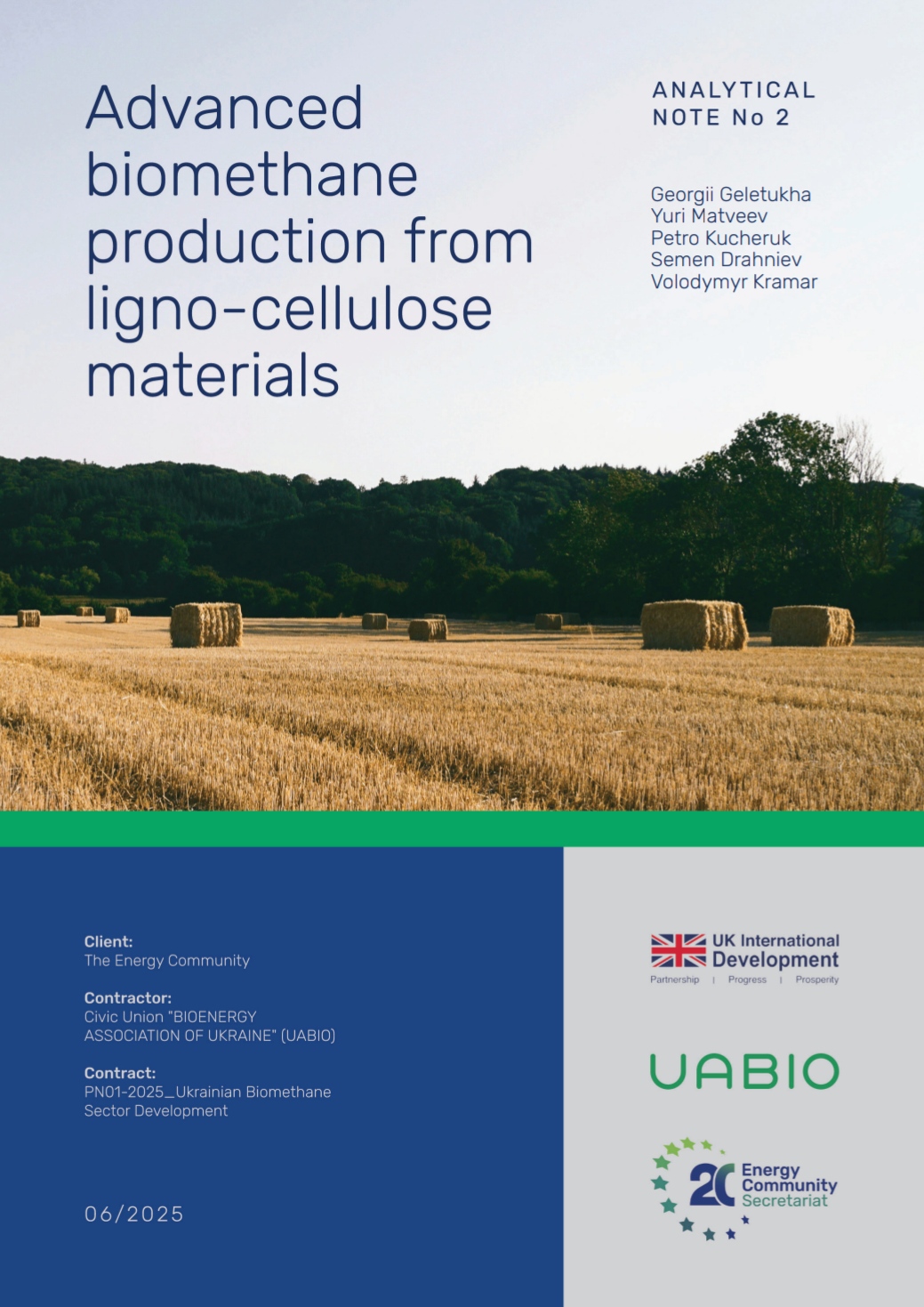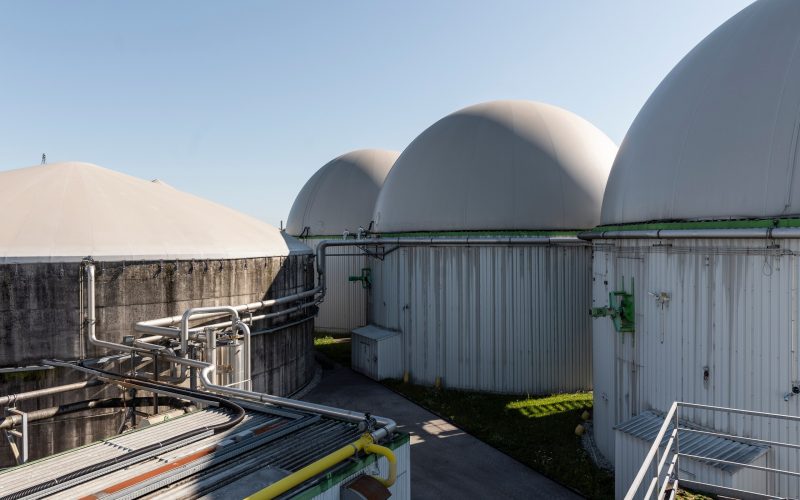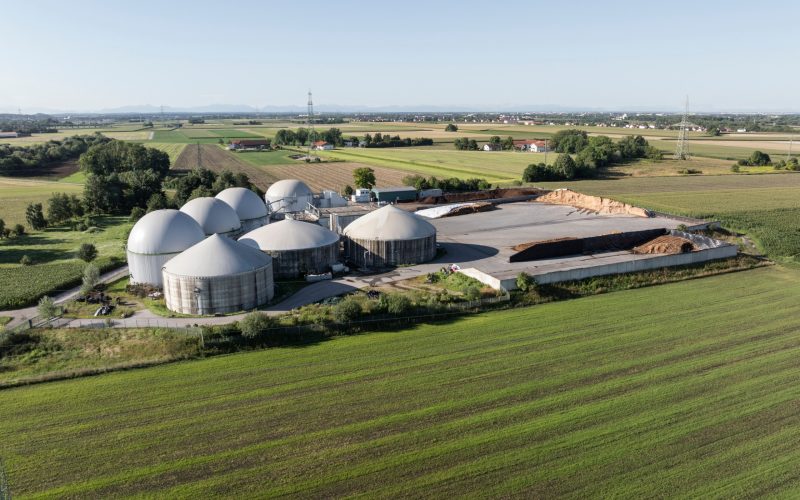Analytical Note No. 2: Advanced biomethane production from ligno-cellulose materials

We would like to present an important and voluminous document, which was developed by a number of UABIO experts. In this analytical note, you will find all the necessary information about the production of advanced biomethane from ligno-cellulose materials.
The purpose of the Analytical Note is to assess the potential opportunities for using ligno-cellulosic agricultural raw materials for the production of advanced biomethane in Ukraine.
Download Analytical Note No. 2 “Advanced biomethane production from ligno-cellulose materials” (in Ukrainian)
Download Analytical Note No. 2 “Advanced biomethane production from ligno-cellulose materials” (in English)
Analytical Note No. 2 was prepared by: Georgii Geletukha, Yuri Matveev, Petro Kucheruk, Semen Drahniev and Volodymyr Kramar.
Prospects for Ukraine
A significant amount of crop residues is generated annually in Ukraine as a result of the cultivation of the main crops. Among the lignocellulosic types of crop residues, the most common in Ukraine include straw of cereal crops, such as wheat, barley; corn stover, sunflower stalks and heads, rapeseed straw and soybean straw.
The estimated biomethane potential from the crop residues amounts to 5.2 bcm (billion Nm3 CH4) per year. Significant part of the potential is related to corn stover (48.0%) and wheat straw (27.3%). On the regional level biomethane potential from crop residues is available in each region in the range from 10 to 447 mln Nm3CH4/yr.
Key topics of the Analytical Note No. 2
- Overview of the current status and prospects of using crop residues for biomethane (BM) production;
- Types and properties of crop residues available in Ukraine;
- Technologies of collection, transportation and storage of crop residues;
- Technologies for pretreatment of crop residues before anaerobic digestion;
- Technological solutions for anaerobic digestion of crop residues;
- Agronomic, environmental and energy aspects of using crop residues for biomethane production;
- Feasibility study of biomethane production from crop residues;
- Examples and analysis of existing projects for the production of biomethane using lignocellulosic agro feedstock;
- Assessment of the potential for biomethane production from crop residues in Ukraine.
We definitely recommend you to read the analytical note and paying attention to lignocellulosic agricultural raw materials as a valuable additional source of biomass for the production of advanced biomethane.
The analytical note was prepared within the framework of the project “Ukrainian Biomethane Sector Development”, funded by the Energy Community with the support of the UK Agency for International Development (FCDO) and implemented by the Public Union “Bioenergy Association of Ukraine” (UABIO).
Experts of the Bioenergy Association of Ukraine have already developed the first analytical note on the advanced biomethane production from intermediate and cover crops. The last analytical note No. 3 will focus on biomethane production from microalgae.


